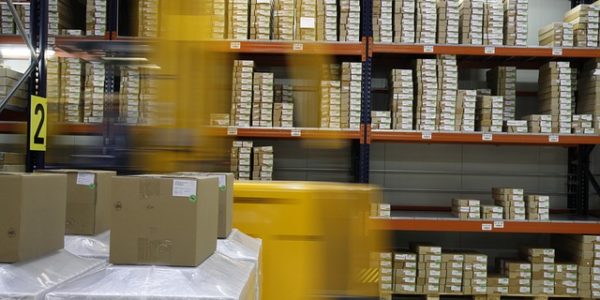By now, we’re all used to hearing about jobs becoming automated. Drivers, baristas, and industrial workers are all looking over their shoulders because of robotics and automation. Robotics technologies are becoming more sophisticated, and it’s becoming easier to automate simple tasks. Of course things that are easily done by humans aren’t necessarily easily automated. Stocking shelves, for example, is a low-skill job that does not require special training or education. Most humans could easily fill a stocking position with little difficulty. Robots – while capable of placing and organizing items – are not as capable as humans when it comes to this type of task. Amazon is hoping to find its automated stock boy by holding robotics competitions.
Although robots have been able to pick up objects and place them in designated areas for a while now, they still come up second to humans in this task. Humans can easily pick up different items of varying size, shape, and consistency, quickly identify the items, and place them where they need to go. Whether it’s a paperback book, a pair of jeans, or a television screen, we know the best way to handle each item. Robots rely on programming, and variables like size, shape, and different materials are difficult to account for.
The Amazon Picking Challenge is an annual robotics competition. Teams from around the world compete to build a robot that is best suited for stocking shelves. The company hopes that these robots could one day work in Amazon warehouses. The winner of this year’s competition was able to create a robot capable of sorting 100 items in an hour with a 16.7% failure rate. This more than tripled the capabilities of last year’s winner. The winner of last year’s picking challenge only managed 30 items in an hour.
While 100 items an hour is certainly better than 30 items an hour, it still falls well short of what humans can do. A human is able to manage 400 items an hour. Quite clearly, the human Amazon stocking crew doesn’t have anything to worry about just yet.
Of course, once we are able to effectively automate a task, efficiency skyrockets. Speed, accuracy, and precision go up, and cost and errors go down. Industrial automation is a prime example of how machines improve an industry. It’s highly likely that robots will soon be able to match humans when it comes to stocking shelves, and then it’s a matter of time before robots surpass humans.



